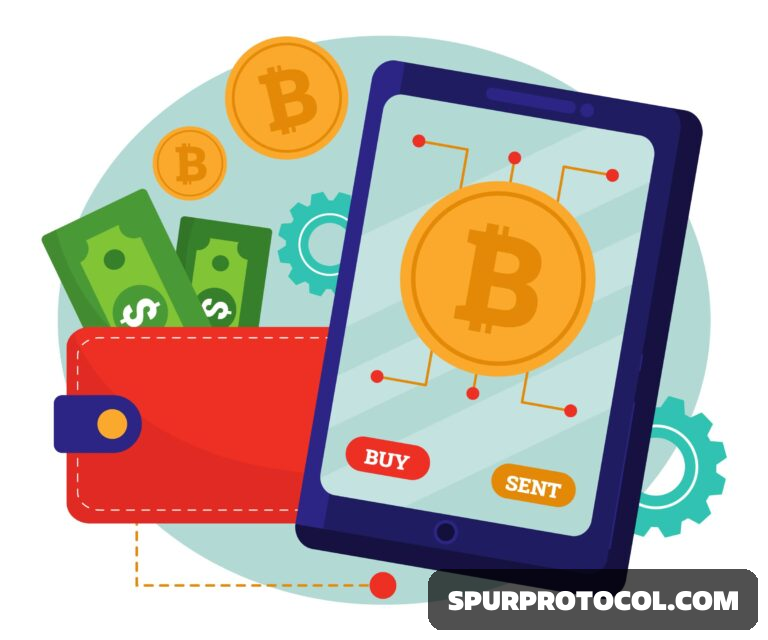How Blockchain Solves Various Payment Problems
In a world that’s becoming more digital by the day, the way we move money still faces a surprising number of problems.
Go Back

🕒 1:06 PM
📅 May 25, 2025
✍️ By oluwafemighty
From high fees and slow processing times to lack of access in developing countries, traditional payment systems have serious flaws. That’s where blockchain technology comes in. It’s not just the backbone of cryptocurrencies like Bitcoin, it’s a powerful tool that’s changing the way we think about payments altogether.
The Problems with Traditional Payment Systems
Let’s start by looking at what’s broken.
1. Slow Transactions: International bank transfers can take days to process, especially across different time zones or on weekends.
2. High Fees: Middlemen like banks, payment gateways, and currency exchanges charge service fees, cutting into the amount the receiver actually gets.
3. Lack of Access: Over 1.4 billion people globally remain unbanked, meaning they can't access traditional financial services.
4. Transparency Issues: Payment delays and failed transactions often come with little to no explanation, especially in cross border cases.
5. Currency Barriers: Sending money across borders often involves complex currency conversion steps that create confusion and extra costs.
Enter Blockchain: A Better Way to Pay
Blockchain technology changes the game by removing intermediaries and making transactions more direct, secure, and efficient.
1. Faster Transactions:
Blockchain networks can process payments in minutes, not days. Bitcoin might take 10 minutes to confirm a transaction, while newer blockchains like Solana or Polygon can do it in seconds. This is a huge upgrade for industries that rely on fast payments, like e-commerce or freelance platforms.
2. Lower Fees:
Because blockchain cuts out the middlemen, transaction fees are significantly lower. Instead of paying banks and processors, you might only pay a small network fee, even for international transfers. This is especially helpful for remittances, where fees can eat up 10% or more of the sent amount.
3. Global Accessibility:
Anyone with a smartphone and internet connection can create a crypto wallet and start sending or receiving payments. No bank account? No problem. Blockchain opens up the financial world to people in underbanked or politically unstable regions.
4. Transparency and Security:
Each transaction on a blockchain is recorded in a public ledger. This means payments are traceable, irreversible, and tamper-proof. Businesses can track invoices, donors can verify where funds go, and fraud is easier to detect and prevent.
5. Borderless and Currency Free:
With blockchain, there are no borders. You can send digital currency to someone in another country instantly, with no need for banks or currency exchanges. This is a massive win for global freelancers, e-commerce merchants, and digital nomads.
Real World Applications
1. Freelancer Payments: Platforms like Braintrust and Deel are exploring blockchain to pay remote workers quickly, without high withdrawal fees.
2. Cross-Border Trade: Companies use blockchain to settle payments faster and more securely with global suppliers.
3. Charity and Aid: Non-profits are adopting blockchain for transparent, direct donation transfers to people in crisis zones.
Blockchain isn’t just about cryptocurrency speculation. It’s solving real-world payment problems, making transactions faster, cheaper, and more accessible for everyone. As adoption grows, we may see a future where sending money is as simple and seamless as sending an email.
I hope you learn something new
Good luck 🫶

